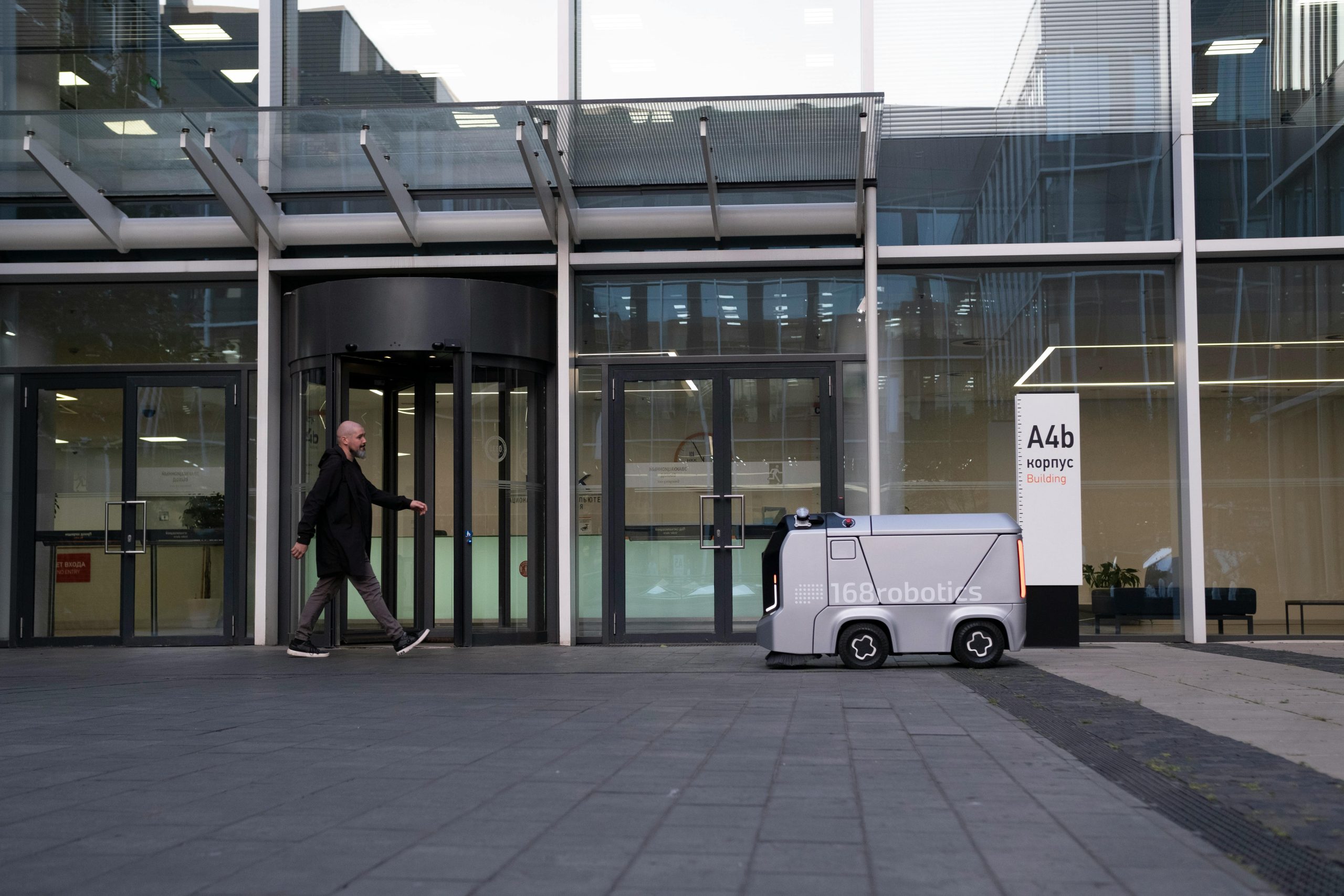
Shifting the Digital Power Balance: Confronting Established Market Leaders
The introduction of a major new browser from a player of this magnitude is inherently an act of direct market aggression, specifically targeting the reigning monarch of the web navigation space. This move is not just about offering a better product; it is about capturing the critical initial interface through which billions of daily online activities are initiated. It is a land grab for the front door of the internet.
Direct Challenge to Incumbent Browser Share
The current market structure is heavily consolidated. As of late September 2025, the incumbent browser still commanded a staggering share, sitting near 72% of the global market based on recent tracking data. Edge follows, but a significant portion of the remaining users rely on Safari or other niche tools. An AI-centric browser, especially one that promises a demonstrably superior, less laborious way to navigate the web, poses an existential threat to this dominance. If even a modest fraction of the organization’s established user base—estimated in the hundreds of millions of weekly active participants across its AI services—chooses to adopt this new tool as their default, the resulting migration of user activity will be substantial. This influx of users directly into a non-incumbent ecosystem threatens to divert the flow of attention and transactional data that underpins the established revenue models of the market leader. The key risk for the incumbent isn’t losing 5% of the market; it’s losing the *most engaged* 5% who are actively seeking new ways to interact with the web.
Market Volatility and Investor Sentiment
The initial financial reaction to the mere *possibility* of this launch underscores the perceived threat level within the broader technology sector. Following the initial teaser shared across public platforms in mid-2025, the shares of the parent company of the incumbent browser experienced a noticeable dip in early trading activity. This immediate, negative market signal is a clear indicator that seasoned investors recognize the potential for disintermediation. They are factoring in the possibility that a shift in browsing defaults could erode the foundation of the incumbent’s search and advertising revenue streams, prompting a rapid reassessment of valuation based on future market penetration scenarios for the new AI-powered tool. This isn’t speculation; it’s Wall Street doing what it does best—pricing in risk. When the market reacts before the product even launches, you know the strategy has hit its intended target. The focus shifts immediately to how quickly they can deploy their own counter-agent technology into their established **web browser market share** tools.
Strategic Contextualization: Beyond the Model and Into the Ecosystem
The decision to build and launch a web browser cannot be viewed in isolation; it represents a deliberate, calculated move to transition the organization from primarily being a provider of foundational AI models to a curator of a comprehensive, end-to-end artificial intelligence experience that spans both the digital and the physical realms. This browser launch is the keystone connecting disparate elements of a growing strategic architecture.
The Hardware-Software Synergy. Find out more about OpenAI AI web browser technical foundation.
This move into the browser space gains added strategic weight when contextualized alongside the organization’s recent, high-profile foray into physical device manufacturing. The substantial investment made earlier in the year to acquire a specialized firm focused on artificial intelligence hardware—a company founded by a legendary former chief designer from a major consumer electronics firm—is now coming into sharper focus. That acquisition, which involved the transfer of significant capital, coupled with the imminent release of a native browsing application, reveals a pattern of concerted effort: the creation of a tightly integrated system. This is the critical link. The user experience will soon span:
The goal is to create a unified, proprietary digital environment designed for seamless operation across all these touchpoints. Imagine asking your new device to perform a complex task; the device handles the sensory input, the browser handles the web access and negotiation, and the core model handles the reasoning—all within one ecosystem. That’s what they mean by controlling the experience.
Building a Unified AI Environment
The overall ambition appears to be the establishment of a digital plane where the user never has to leave the ecosystem to accomplish a goal. The computational engine handles complex reasoning; the nascent hardware handles physical interaction; and the browser acts as the universal bridge, interpreting user intent and executing workflows that previously required hopping between disparate applications and services. This centralization of activity aims to capture and retain user engagement entirely within a controlled environment, making the transition to competing services significantly more arduous for the end-user. This centralization is the holy grail of platform competition. Once a user’s daily digital life—from their conversational AI to their web navigation and their physical device interaction—runs on a single, integrated stack, the switching cost becomes prohibitively high. They are not just selling software; they are selling a *way of life* in the digital sphere. For insight into this broader platform strategy, look up the concept of vertical integration in AI.
Profound Data Dynamics and the Future of Online Intelligence
Perhaps the most significant, albeit less publicly discussed, implication of owning the browsing application lies in the unparalleled access it grants to granular, real-time user interaction data—a resource that has historically been tightly controlled by the market incumbents who also own the rendering engine and the search gateway.
Access to Rich Behavioral Datasets
By transitioning users to a browser where the AI is the central operating function, the organization gains direct visibility into the pathways, hesitations, successes, and failures of user interaction with the live web. This is data far richer than simple query logs; it includes the context of navigation, the content deemed important enough to dwell upon, the forms that required agent intervention, and the ultimate purchasing or conversion events. Let’s be honest: an “agent-assisted booking” generates a higher fidelity signal than a simple click on a search result. The agent had to understand the *intent*, *evaluate alternatives*, and *execute a complex workflow*. This wealth of behavioral data is exceptionally valuable, serving as a continuous, high-fidelity training ground for refining and advancing subsequent generations of the company’s core artificial intelligence models, leading to faster iteration cycles than those relying solely on abstracted datasets. This real-time feedback loop is the ultimate secret weapon in the AI race. The better the data from real user execution, the better the next model, which attracts more users, creating a positive feedback loop that incumbents relying on older data collection methods will struggle to break.
Monetization Pathways Beyond Traditional Search. Find out more about OpenAI AI web browser technical foundation tips.
Control over the browsing experience directly challenges the incumbent’s primary revenue engine. In the traditional model, user behavior is channeled through a search gateway, which is then monetized via targeted advertising linked to those specific queries. If the new browser allows users to complete tasks—such as booking travel or making purchases—entirely via agent command without ever landing on, or heavily interacting with, a search engine results page, those valuable, high-intent advertising slots are effectively bypassed. This necessitates the development of entirely new monetization strategies centered on agentic transaction facilitation or premium, highly capable agent access. Think about the possibilities:
This fundamentally alters the economic structure of online information exchange, moving it from an attention-based advertising model to a value-extraction model based on task completion.
Anticipated Rollout Strategy and User Base Conversion Potential. Find out more about OpenAI AI web browser technical foundation strategies.
The speed and method of deployment will be crucial in determining the success of this ambitious project, especially given the existence of early competitors in the nascent AI browser space, like Perplexity’s Comet. The strategy is expected to leverage the existing, massive installed base of the organization’s most popular service—the generative AI chat platform itself.
Initial Platform Prioritization
Early indicators suggest a targeted initial release designed to test stability and gather initial real-world telemetry under controlled conditions. Industry whispers have pointed toward a specific operating system environment—the one associated with Apple’s desktop and laptop computers—as the likely first platform to host the new application. This platform choice is often favored for early, high-profile releases due to its user base’s general affinity for premium software experiences and its relatively uniform technical specifications compared to the fragmented landscape of other operating systems, allowing for more focused initial debugging and optimization. It’s a move that says, “We are confident enough in the experience that we’re targeting the most discerning users first.”
The Leverage of Existing Service Subscribers
The true scale of the challenge to incumbents hinges on the organization’s ability to convert its existing user base. With hundreds of millions of individuals already reliant on the organization’s services for their daily generative AI needs, the activation energy required for a user to simply download and install a new default browser that feels like a natural extension of their existing toolset is remarkably low. This built-in, highly engaged audience provides an immediate advantage in scaling adoption that a startup or a smaller incumbent simply cannot match. For example, for a user who asks their current AI tool a complex question five times a day, switching to a browser where the AI is *always* present, *always* context-aware, and *can actually complete the follow-up steps* becomes an obvious choice. Therefore, the conversion rate from AI chat user to AI browser user is the single most important metric for the coming financial quarters. They don’t need to win over the entire world; they just need to win over their existing enthusiasts first. For a deeper read on this conversion dynamic, look at analyses of **user base conversion potential**.
Industry Echoes and the New Era of Internet Infrastructure Development
The implications of this development reverberate far beyond the immediate competition between two technology firms; they signal a fundamental shift in focus for the entire tech industry, marking the beginning of a sustained, structural competition centered on the operating layer of the internet.
Competitive Response from Established Tech Giants. Find out more about OpenAI AI web browser technical foundation overview.
Rival companies are not expected to remain passive observers as their core business models are scrutinized by a new, intelligent interface. It is almost certain that established players will accelerate their own internal development efforts to bake deeper, more capable AI functionality directly into their existing browser platforms and search products. We’ve already seen moves like Gemini integration into the incumbent’s browser, but expect that to go much deeper, much faster. The response will likely involve integrating their own large language models into their navigation tools to mimic the agentic capabilities being unveiled, potentially leading to a rapid feature parity race designed to blunt the initial impact of the new entrant. This mirrors historical cycles where a disruptive innovation forces an entire industry to pivot its focus away from legacy features toward the new standard. The question isn’t whether they will respond, but whether they can move fast enough to patch the foundational holes this new agentic approach is exploiting in their existing, siloed architecture.
The Dawn of the Agentic Web
Ultimately, this development signifies that the internet is transitioning into what many analysts are terming the “Agentic Web.” The future of online interaction will be defined less by the user’s ability to find information and more by the intelligence’s ability to execute complex, multi-step tasks on the user’s behalf across the network. The browser is merely the vehicle for this transition. Whether this new application succeeds in capturing enduring market share or merely serves as the catalyst that forces incumbents to evolve, its launch marks the indisputable beginning of a new era where human-computer interaction on the web is less about clicking and more about commanding. The developments within this sector over the next year will likely define the user experience for the next decade.
Key Takeaways and Actionable Insights for Navigating the Shift
This moment is bigger than just a browser; it’s a seismic shift in platform dynamics. Here are the most important takeaways and what you can do right now to prepare for the **era of agentic web** interaction.
Key Takeaways:
Actionable Insights:
As an individual user or a business owner, you need to anticipate this agent-first world:
The next year will be defined by how quickly established players can integrate autonomy and how effectively the challengers can convert existing users. The question for all of us is simple: Are you prepared to stop *browsing* and start *commanding*? What aspect of the Agentic Web are you most eager—or most anxious—to see unfold? Let us know in the comments below!










